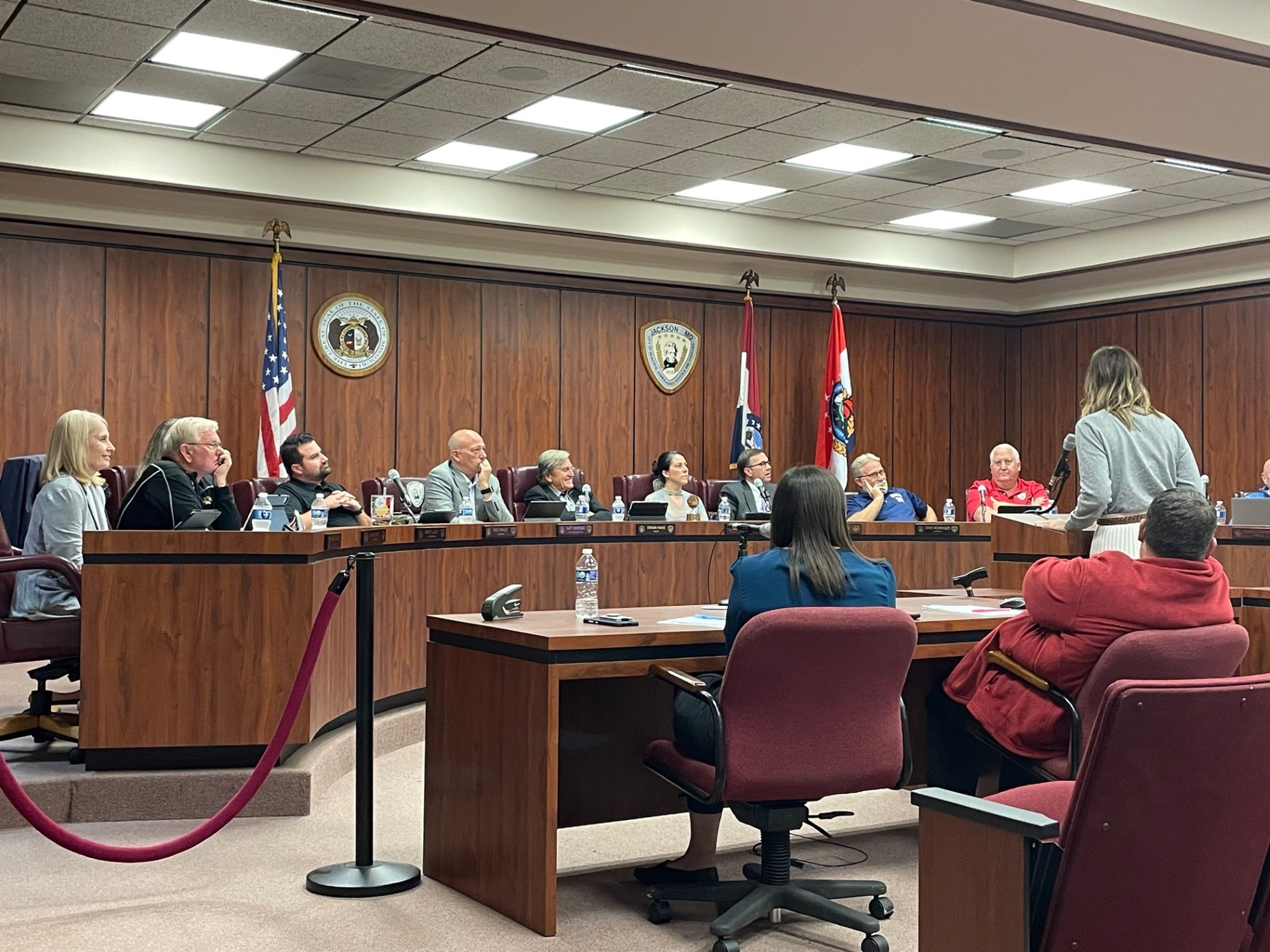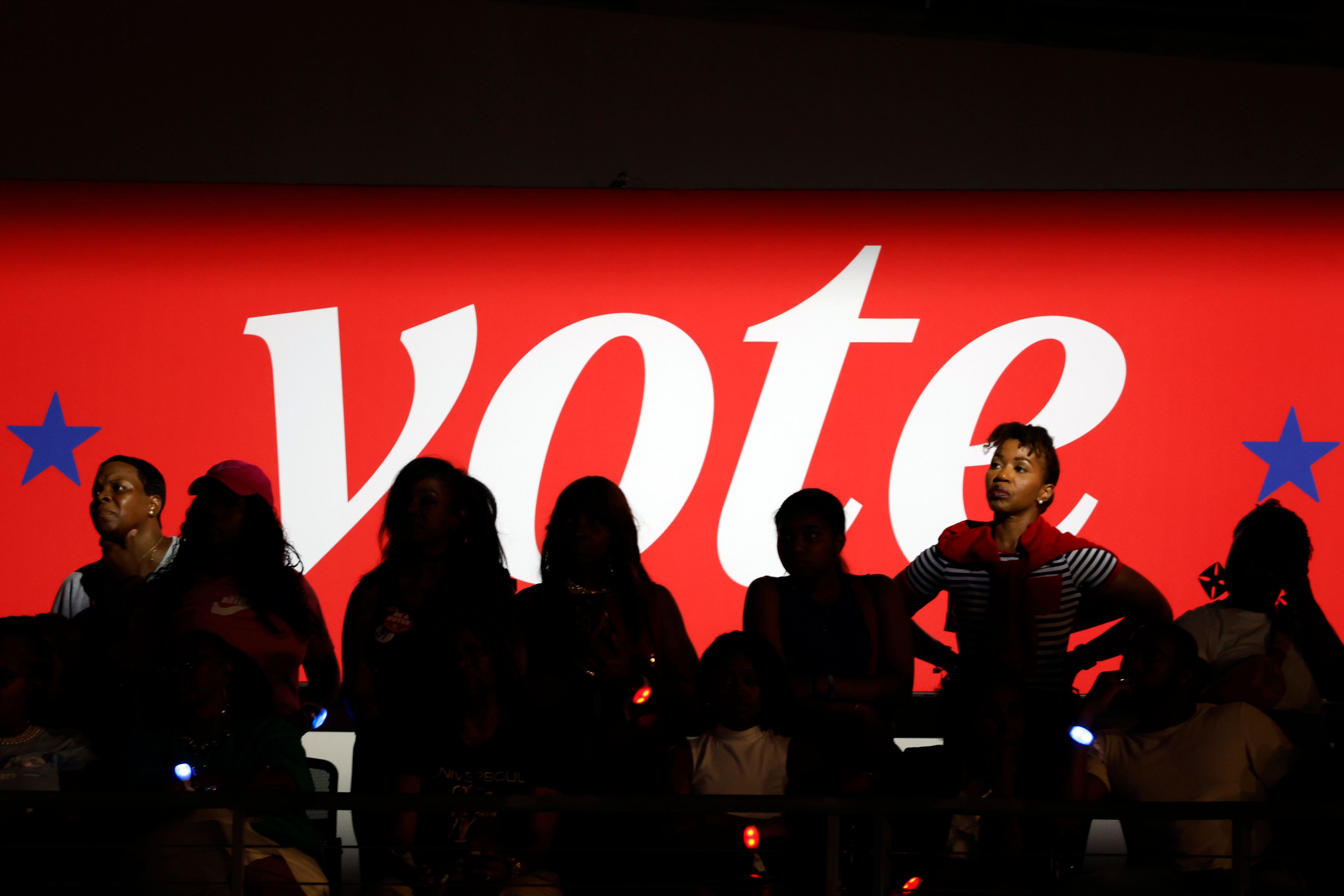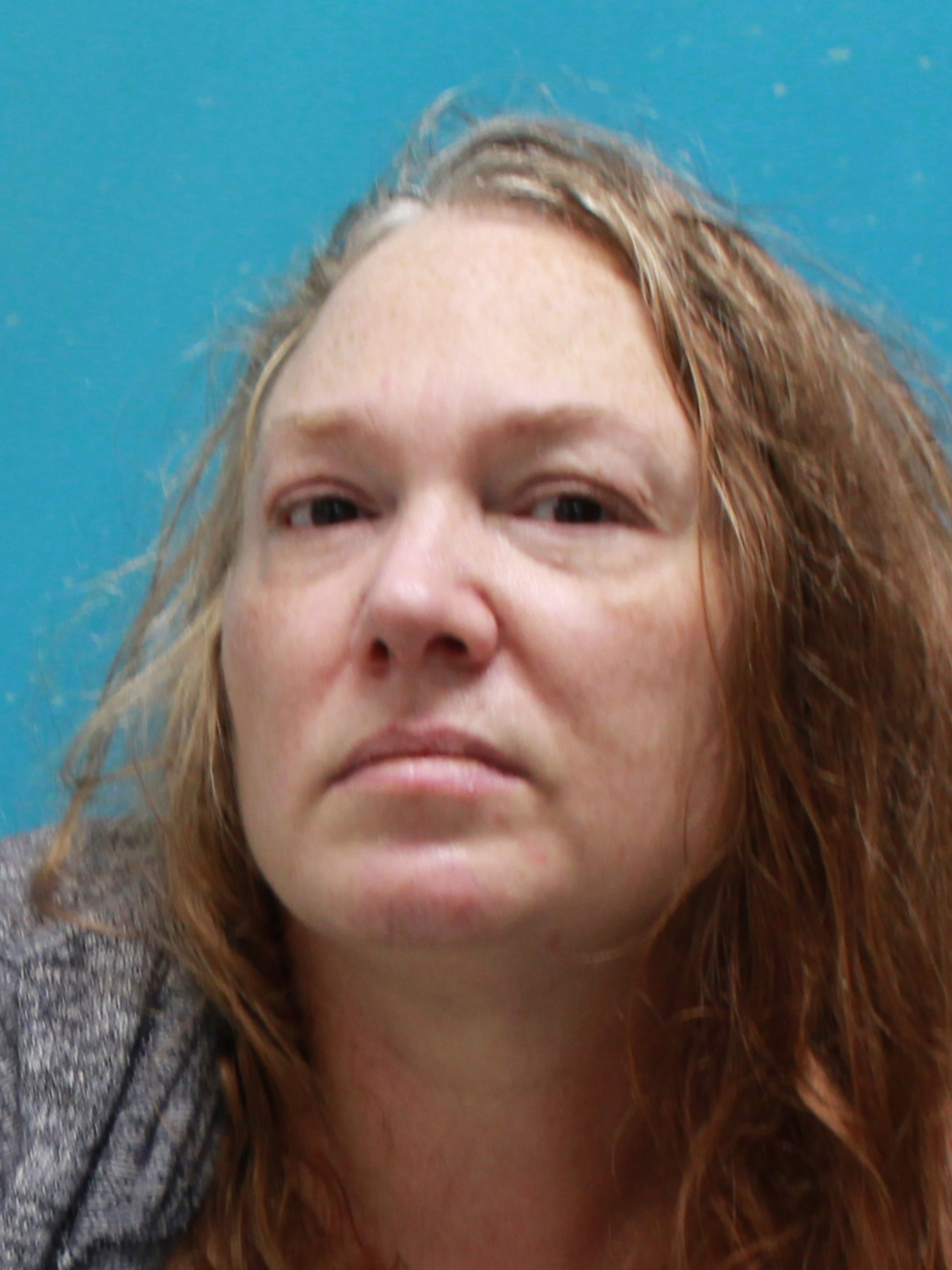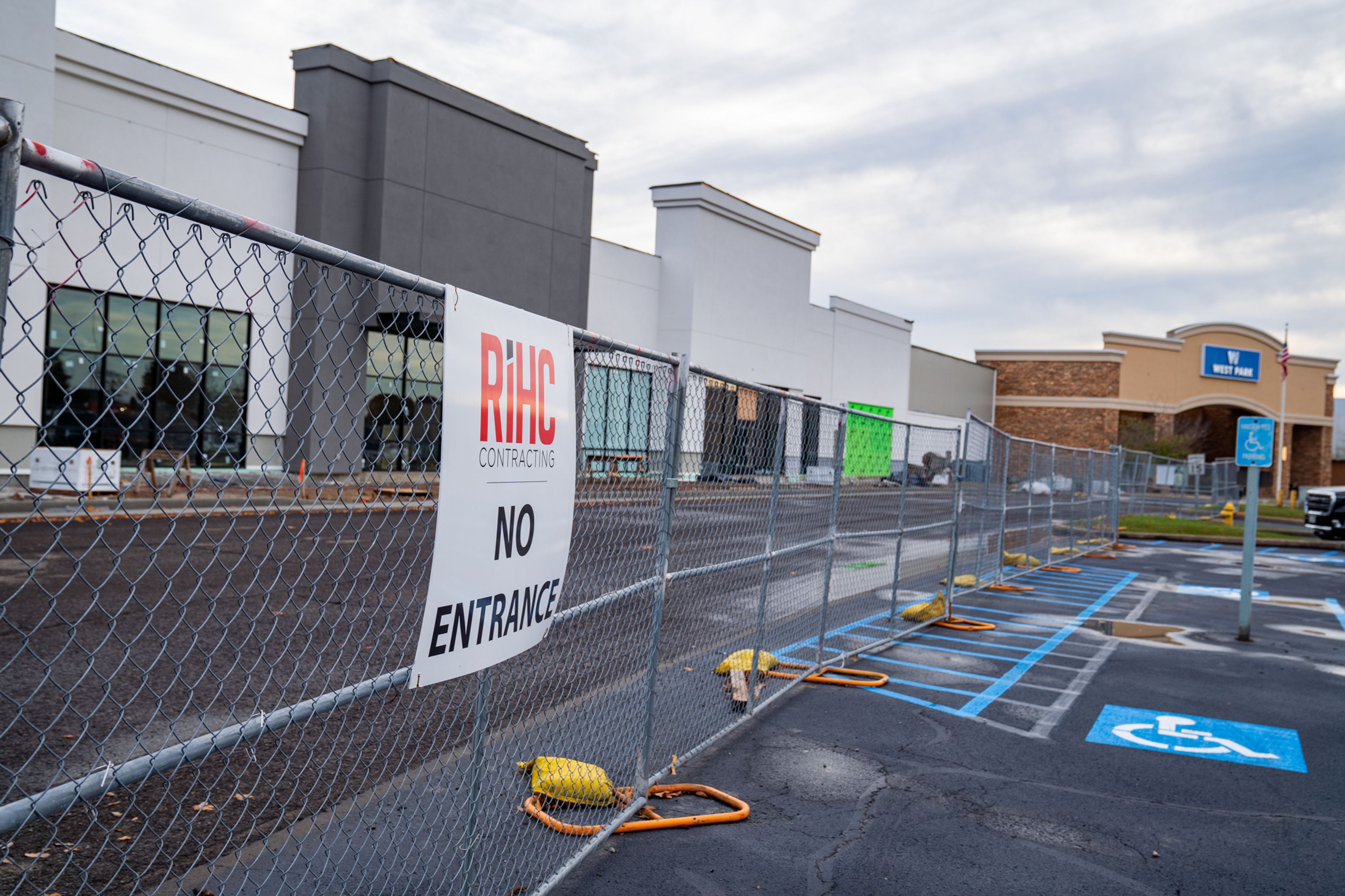ART CRITIC REVIEWS CENSORSHIP EFFECT
CAPE GIRARDEAU -- Censorship in the art world made headlines last year, and New York City art critic and magazine editor John Howell Jr. said what people really need to examine is the apparent need by some people to censor. "The two best things I ever learned about censorship were from a curator at the New York Public Library," Howell said Thursday. "The first thing he told me was that the impulse to censor is constant. The second thing he told me was that it never works."...
CAPE GIRARDEAU -- Censorship in the art world made headlines last year, and New York City art critic and magazine editor John Howell Jr. said what people really need to examine is the apparent need by some people to censor.
"The two best things I ever learned about censorship were from a curator at the New York Public Library," Howell said Thursday. "The first thing he told me was that the impulse to censor is constant. The second thing he told me was that it never works."
Howell, a native of Malden, was expected to continue with his family's cotton gin business in that Bootheel town.
Instead, he fled his roots, attended college in Memphis, Tenn., and went on to become a freelance writer and art critic in New York City. Twenty years later, Howell still owns an interest in the cotton gin business and is a senior editor at ELLE magazine.
Thursday, he visited the campus of Southeast Missouri State University, speaking to student groups about graphic design and art issues. He also presented a public lecture Thursday night at the university in which he discussed censorship in the art world.
Howell, who began as arts editor at the magazine and now writes on art and dance, said last year was a volatile year for art and censorship. The issue was brought to the forefront by the Robert Mapplethorpe photo collection, which, when displayed in a Cincinnati art gallery, caused the gallery owner to be brought up on obscenity charges. The charges were ultimately dropped.
Howell said censoring a particular work usually serves only to boost it's commercial success.
"People's first reaction is `if they don't want me to see it, I want to see why they don't want me to see it,'" he said.
He related the issue to current media coverage of the war in the Persian Gulf, and how Iraq insists on censoring news reports.
"If we don't go in there and see for ourselves, how do we really know what's going on?" he said.
Howell said when an artist creates what is considered a controversial work, he or she is most likely trying to elicit thought on the issue, not trying to promote an idea or activity.
"Why don't we address the issue of why people feel the need to censor?" he said. "Art is a very serious business. It has the right to be disturbing and anxiety-ridden."
As for the Mapplethorpe photos, Howell said he could walk a block from his office in New York City and be able to purchase things he described as being "a lot worse than anything in the Mapplethorpe collection."
Howell, whose father, John A. Howell, was instrumental in establishing the Bootheel Education Center in Malden, attended Rhodes College, then known as Southwestern College at Memphis.
In addition to senior editorship at Elle, Howell is a regular contributor of art criticism for Artforum magazine, Art in America, Art News, Flash Arts and Art Press International. He is currently working on an article for Smithsonian magazine.
Tonight at 7, he will present a lecture at the Bootheel center in Malden.
As for how he ended up in the Big Apple, Howell said he had some friends in the art business in New York. After several years as a freelance writer, he accepted a temporary position at Elle as arts editor.
"I was to be a six-month replacement, but the woman who had had the position never came back," he said.
The magazine, which originated in France, is still heavily influenced by French fashion and food. Howell said his position at the magazine allows him to be very active in the New York art scene.
"To me, the art world can be a kind of free zone in which all sorts of troubling and important issues can be raised," he said. "I think we need to assume that the artist is creating out of a genuine need to express this."
Connect with the Southeast Missourian Newsroom:
For corrections to this story or other insights for the editor, click here. To submit a letter to the editor, click here. To learn about the Southeast Missourian’s AI Policy, click here.








